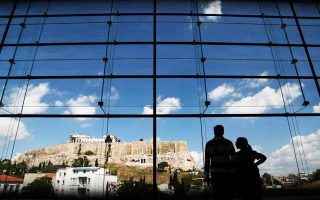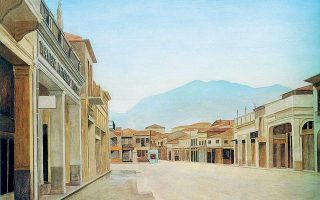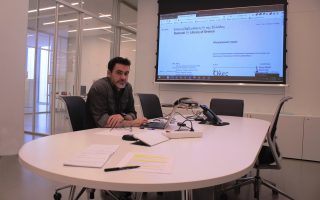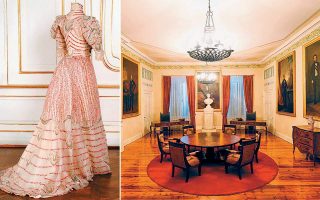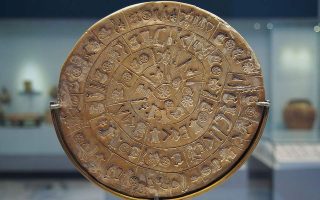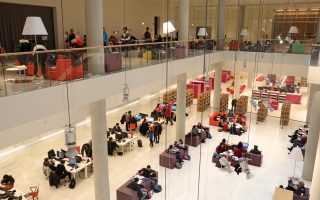The Greek contribution to Skopje’s modern identity
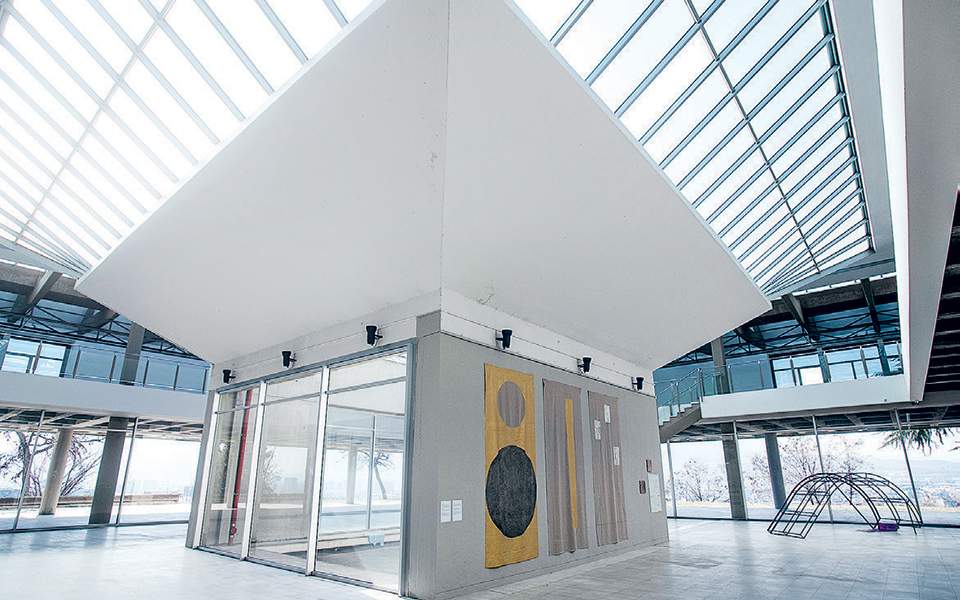
I first visited Skopje in 1997 to attend a peace concert by Greek composer Mikis Theodorakis. It had all the elements to become a charming city with a strong modernist identity, expanding on the reconstruction that was carried out with the help of Greek architect Constantinos Doxiadis after the devastating earthquake in 1963.
On a recent visit, however, I was disappointed by what was evidently a rush job to implement Skopje 2014, a project launched by the then nationalist government of Nikola Gruevski to endow the capital with “classical charm.” What I found was less greenery, no open spaces around the old stone bridge spanning the Vardar River, and some of its modernist architectural elements sacrificed on the altar of Gruevski’s ambitions of grandeur.
Today, in the wake of the Prespes agreement with Greece, there is a lively debate among artists and architects on how the city can shed the unprepossessing buildings and vulgar sculptures inspired by the ancient Greek civilization that emerged from Skopje 2014. The cost of removing the statues is prohibitive, according to the government, which has said that it will post signs clarifying that they reference ancient Greece.
However, there is already a strong and often overlooked Greek presence in Skopje’s cultural life, one that symbolizes solidarity between the two nations. Born as a result of the earthquake, the Skopje Museum of Contemporary Art has 46 works by 34 Greek artists that were donated to the institution 55 years ago when it made an international appeal for support in 1963.
Museum curator Zoran Petrovski told me the story as we looked out at the beautiful view of the fortress from the atrium of the modernist building, which was spared the Skopje 2014 makeover.
The museum’s appeal met with an immediate response and it managed to amass more than 2,000 paintings, sculptures, engravings and photographs in just a few years from 1,667 artists in 66 countries. Pablo Picasso was among the first artists to donate work, a painting titled “Woman’s Head,” which came with a letter from the artist.
Poland financed the construction of the building and donated another 212 pieces. Greece also responded, with artists Vasso Katraki and Manolis Piladakis sending some pieces in 1965. Yannis Gaitis exhibited his work in one of the museum’s first shows, and donated five pieces before coming back to Greece and encouraging his fellow artists to do their bit.
Thanks to such donations, which continued until the 1980s, the museum now has a very solid collection of 5,500 exhibits representing the international trends that prevailed post-World War II and especially after the 1950s. Italy was the biggest donor, with 352 pieces, followed by France, Croatia, Poland, Brazil, Serbia, the United States and Japan, among many others. The museum organizes shows dedicated to the donor countries, with Greece being the guest of honor last year.
“It was a symbolic exhibition in which we tried to express our puzzlement at the political and ensuing cultural divide separating the two neighbors until recently. The Greek donations shed light on this paradox by showing that art has the power to build cultural bridges,” Petrovski said.
The sculptures from the Gruevski era, however, continue to represent that divide, Petrovski stressed, adding that “the city did not deserve the Skopje 2014 project.”
“It was dictated purely by political expedience. It was planned without public consultation and executed with vague procedures. It was a vulgar project with an ugly outcome,” said the museum curator.
The Skopje Museum of Contemporary Art is now one of leading voices in the debate on how to fix the city and also spearheaded the Freeingspace initiative for reclaiming public space, which Skopje presented at the Venice Biennale of Architecture. The initiative also comprises designs for ridding the city’s modernist buildings of their pseudo-classical trappings. These are currently on show at the museum, which is also hosting lectures and discussions on the issue.
In the meantime, the recovery from Gruevski’s 500-million-euro project is still ongoing.
“It is true that we are struggling to make ends meet,” Petrovski admitted. “But we are hoping for better days, for policies that are more understanding. A small country like this, with such a weak economy, needs time to get back on its feet. However, we will not always be isolated. For example, there are already discussions for exhibitions with museums in Greece.”
